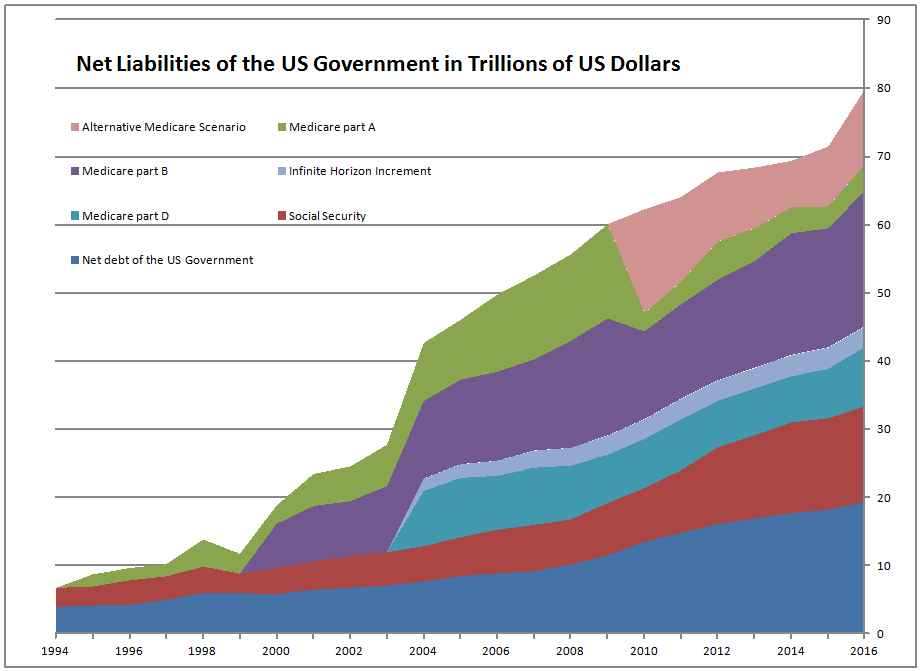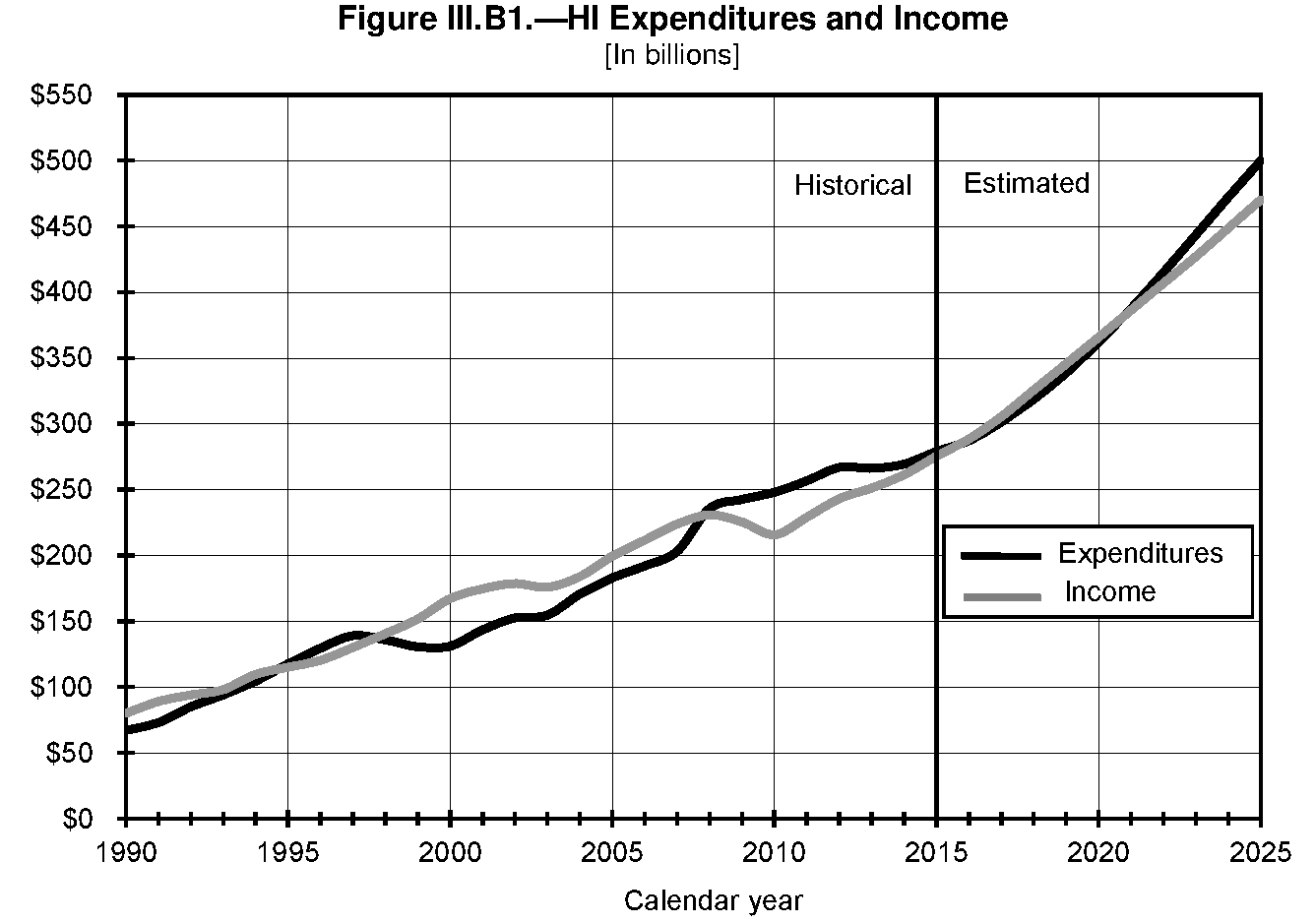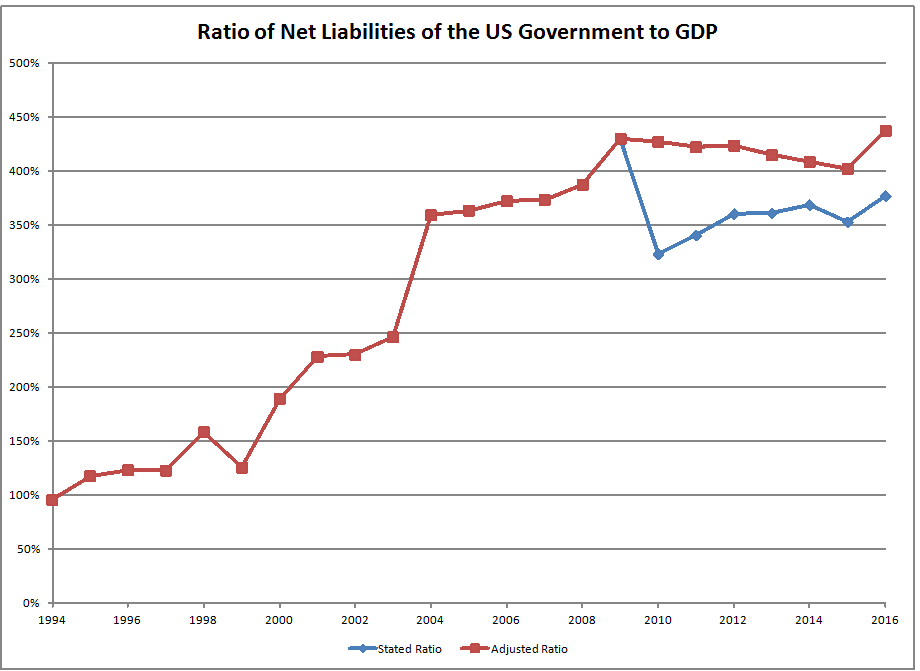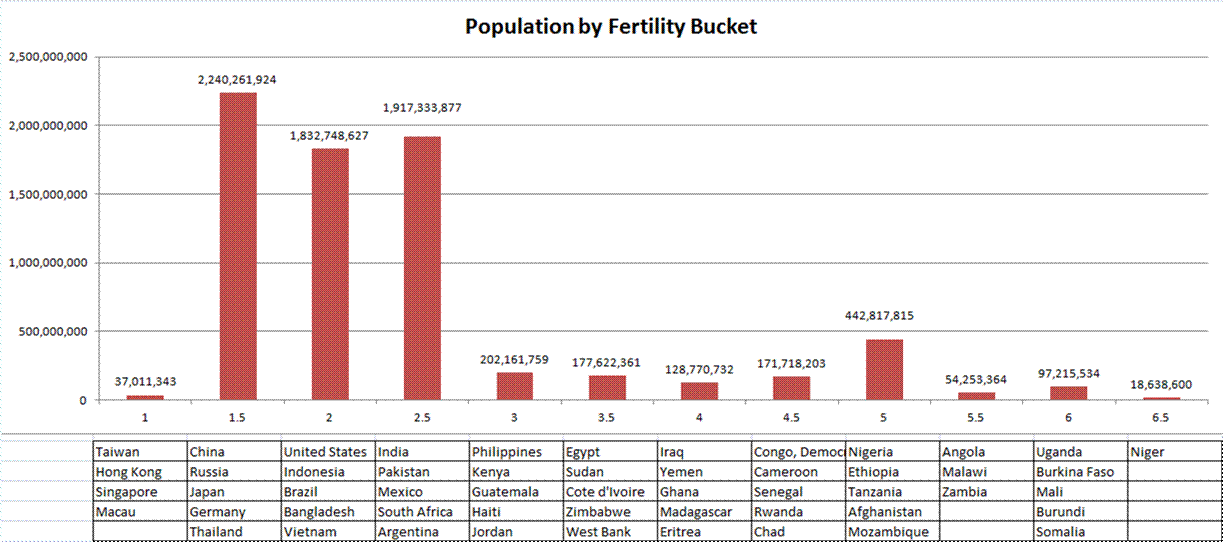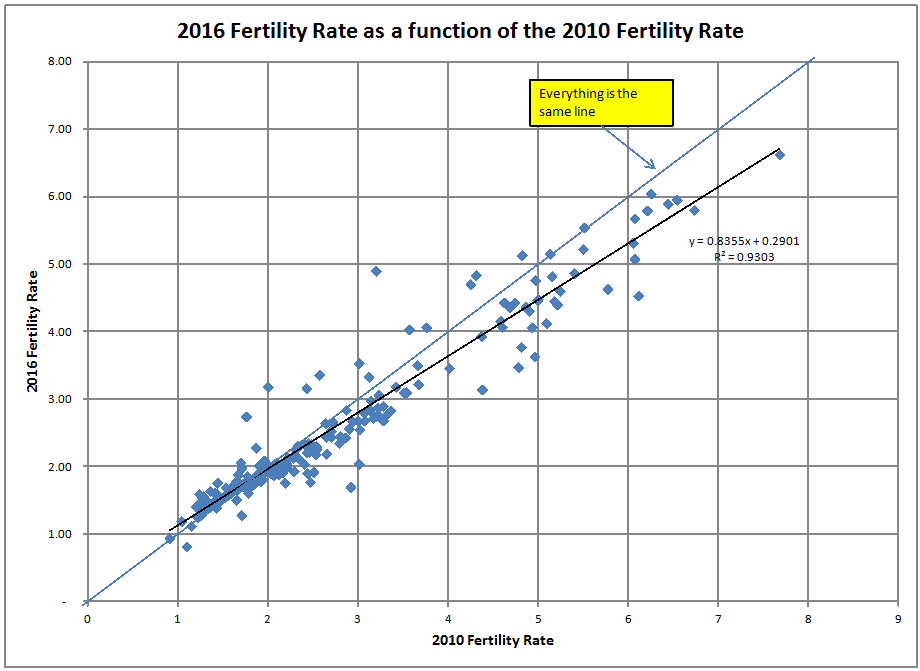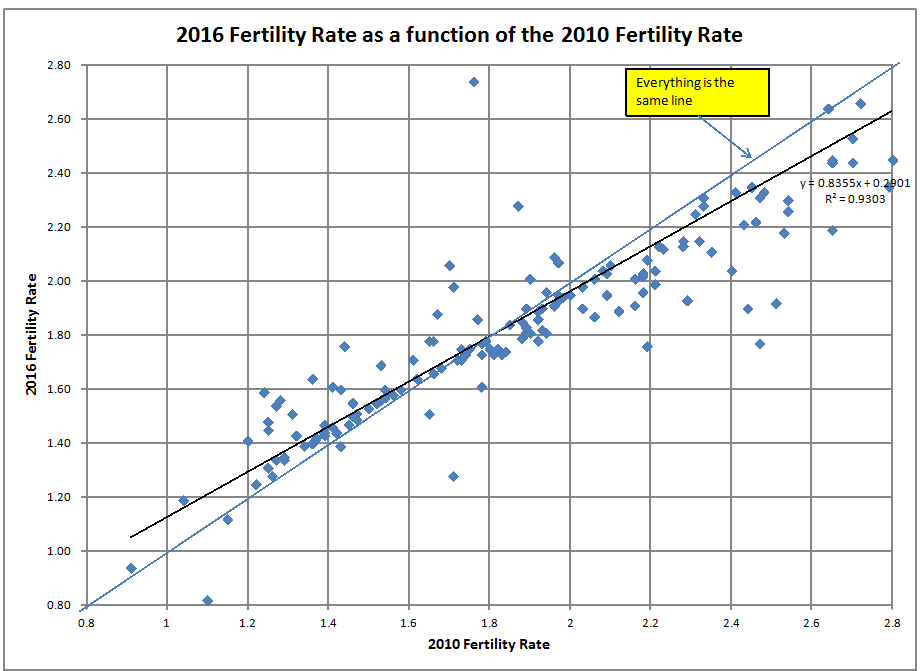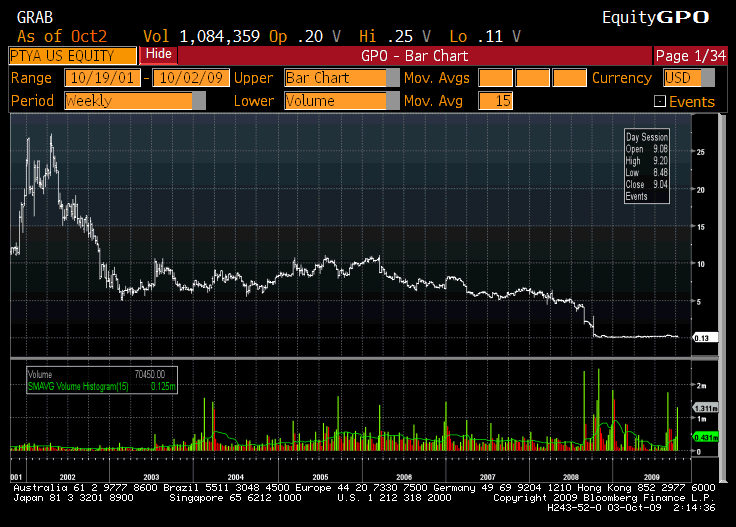Redacted Version of the March 2017 FOMC Statement

====================================
| February 2017 | March 2017 | Comments |
| Information received since the Federal Open Market Committee met in December indicates that the labor market has continued to strengthen and that economic activity has continued to expand at a moderate pace. | Information received since the Federal Open Market Committee met in February indicates that the labor market has continued to strengthen and that economic activity has continued to expand at a moderate pace. | No real change. |
| Job gains remained solid and the unemployment rate stayed near its recent low. | Job gains remained solid and the unemployment rate was little changed in recent months. | No real change. |
| Household spending has continued to rise moderately while business fixed investment has remained soft. | Household spending has continued to rise moderately while business fixed investment appears to have firmed somewhat. | Shades up business fixed investment. |
| Measures of consumer and business sentiment have improved of late. | That sentence lasted for one statement. | |
| Inflation increased in recent quarters but is still below the Committee’s 2 percent longer-run objective. | Inflation has increased in recent quarters, moving close to the Committee’s 2 percent longer-run objective; excluding energy and food prices, inflation was little changed and continued to run somewhat below 2 percent. | Shades their view of inflation up.
Excluding two categories that have had high though variable inflation rates is bogus. Use a trimmed mean or the median. |
| Market-based measures of inflation compensation remain low; most survey-based measures of longer-term inflation expectations are little changed, on balance. | Market-based measures of inflation compensation remain low; survey-based measures of longer-term inflation expectations are little changed, on balance. | No change. What would be a high number, pray tell?? TIPS are showing higher inflation expectations since the last meeting. 5y forward 5y inflation implied from TIPS is near 2.15%, unchanged from February. |
| Consistent with its statutory mandate, the Committee seeks to foster maximum employment and price stability. | Consistent with its statutory mandate, the Committee seeks to foster maximum employment and price stability. | No change. Any time they mention the ?statutory mandate,? it is to excuse bad policy. But don?t blame the Fed, blame Congress. |
| The Committee expects that, with gradual adjustments in the stance of monetary policy, economic activity will expand at a moderate pace, labor market conditions will strengthen somewhat further, and inflation will rise to 2 percent over the medium term. | The Committee expects that, with gradual adjustments in the stance of monetary policy, economic activity will expand at a moderate pace, labor market conditions will strengthen somewhat further, and inflation will stabilize around 2 percent over the medium term. | No real change.
CPI is at +2.8%, yoy.? Seems to be rising quickly. |
| Near-term risks to the economic outlook appear roughly balanced. The Committee continues to closely monitor inflation indicators and global economic and financial developments. | Near-term risks to the economic outlook appear roughly balanced. The Committee continues to closely monitor inflation indicators and global economic and financial developments. | No change. |
| In view of realized and expected labor market conditions and inflation, the Committee decided to maintain the target range for the federal funds rate at 1/2 to 3/4 percent. | In view of realized and expected labor market conditions and inflation, the Committee decided to raise the target range for the federal funds rate to 3/4 to 1 percent. | Kicks the Fed Funds rate up ?%. |
| The stance of monetary policy remains accommodative, thereby supporting some further strengthening in labor market conditions and a return to 2 percent inflation. | The stance of monetary policy remains accommodative, thereby supporting some further strengthening in labor market conditions and a sustained return to 2 percent inflation. | Suggests that they are waiting to see 2% inflation for a while before making changes.
They don?t get that policy direction, not position, is what makes policy accommodative or restrictive.? Think of monetary policy as a drug for which a tolerance gets built up. |
| In determining the timing and size of future adjustments to the target range for the federal funds rate, the Committee will assess realized and expected economic conditions relative to its objectives of maximum employment and 2 percent inflation. | In determining the timing and size of future adjustments to the target range for the federal funds rate, the Committee will assess realized and expected economic conditions relative to its objectives of maximum employment and 2 percent inflation. | No change. |
| This assessment will take into account a wide range of information, including measures of labor market conditions, indicators of inflation pressures and inflation expectations, and readings on financial and international developments. | This assessment will take into account a wide range of information, including measures of labor market conditions, indicators of inflation pressures and inflation expectations, and readings on financial and international developments. | No change.? Gives the FOMC flexibility in decision-making, because they really don?t know what matters, and whether they can truly do anything with monetary policy. |
| In light of the current shortfall of inflation from 2 percent, the Committee will carefully monitor actual and expected progress toward its inflation goal. | The Committee will carefully monitor actual and expected inflation developments relative to its symmetric inflation goal. | Now that inflation is 2%, they have to decide how much they are willing to let it run before they tighten with vigor. |
| The Committee expects that economic conditions will evolve in a manner that will warrant only gradual increases in the federal funds rate; the federal funds rate is likely to remain, for some time, below levels that are expected to prevail in the longer run. However, the actual path of the federal funds rate will depend on the economic outlook as informed by incoming data. | The Committee expects that economic conditions will evolve in a manner that will warrant gradual increases in the federal funds rate; the federal funds rate is likely to remain, for some time, below levels that are expected to prevail in the longer run. However, the actual path of the federal funds rate will depend on the economic outlook as informed by incoming data. | No change.? Says that they will go slowly, and react to new data.? Big surprises, those. |
| The Committee is maintaining its existing policy of reinvesting principal payments from its holdings of agency debt and agency mortgage-backed securities in agency mortgage-backed securities and of rolling over maturing Treasury securities at auction, and it anticipates doing so until normalization of the level of the federal funds rate is well under way. This policy, by keeping the Committee’s holdings of longer-term securities at sizable levels, should help maintain accommodative financial conditions. | The Committee is maintaining its existing policy of reinvesting principal payments from its holdings of agency debt and agency mortgage-backed securities in agency mortgage-backed securities and of rolling over maturing Treasury securities at auction, and it anticipates doing so until normalization of the level of the federal funds rate is well under way. This policy, by keeping the Committee’s holdings of longer-term securities at sizable levels, should help maintain accommodative financial conditions. | No change.? Says it will keep reinvesting maturing proceeds of treasury, agency debt and MBS, which blunts any tightening. |
| Voting for the FOMC monetary policy action were: Janet L. Yellen, Chair; William C. Dudley, Vice Chairman; Lael Brainard; Charles L. Evans; Stanley Fischer; Patrick Harker; Robert S. Kaplan; Neel Kashkari; Jerome H. Powell; and Daniel K. Tarullo. | Voting for the FOMC monetary policy action were: Janet L. Yellen, Chair; William C. Dudley, Vice Chairman; Lael Brainard; Charles L. Evans; Stanley Fischer; Patrick Harker; Robert S. Kaplan; Jerome H. Powell; and Daniel K. Tarullo. | Large agreement. |
| Voting against the action was Neel Kashkari, who preferred at this meeting to maintain the existing target range for the federal funds rate. | Kashkari willing to be the lone dove amid rising inflation.? I wonder if he is thinking about systemic issues? |
Comments
- 2% inflation arrives, and the FOMC tightens another notch.
- They are probably behind the curve.
- The economy is growing well now, and in general, those who want to work can find work.
- The change of the FOMC?s view is that inflation is higher. Equities and bonds rise. Commodity prices rise and the dollar weakens.
- The FOMC says that any future change to policy is contingent on almost everything.





